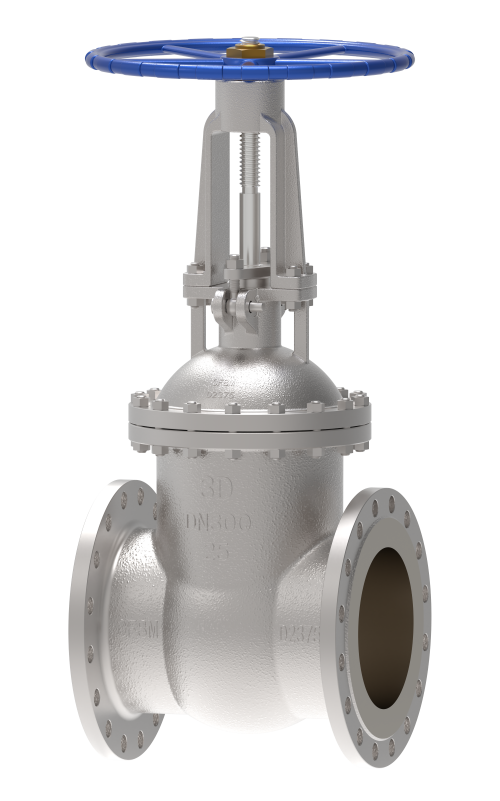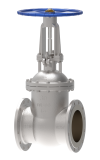



Introduction:
DIN standard stainless steel manual gate valves are fundamental components in piping systems, designed to regulate the flow of fluids in various industrial applications. These valves adhere to DIN GOST standards and are constructed from high-quality stainless steel, offering excellent corrosion resistance and durability.
Features:
1. Stainless Steel Construction: DIN standard stainless steel manual gate valves are manufactured using high-grade stainless steel materials, providing superior corrosion resistance, durability, and longevity.
2. Bolted Bonnet: These valves feature a bolted bonnet design, allowing for easy access to internal components for maintenance and repair.
3. Rising Stem Design: Gate valves typically feature a rising stem design, where the stem moves up and down as the valve is operated, providing visual indication of the valve's position.
4. Non-Rising Stem Option: Some valves offer a non-rising stem option, suitable for applications with limited space or where underground installation is required.
5. Flanged Ends: DIN standard stainless steel gate valves come with flanged ends for easy installation and connection to piping systems using bolted flange connections.
6. Handwheel Operation: These valves are operated manually using a handwheel mechanism, providing precise control over the valve's opening and closing.
7. Pressure Rating: Stainless steel gate valves are available in various pressure ratings to suit different application requirements.
8. Corrosion Resistance: Stainless steel construction offers excellent resistance to corrosion, making these valves suitable for use in corrosive environments.
Working Environment:
DIN standard stainless steel manual gate valves are suitable for a wide range of working environments, including:
1. Chemical Processing: These valves are used in chemical processing plants for regulating the flow of corrosive chemicals, acids, and aggressive fluids used in manufacturing processes.
2. Petrochemical Industry: Stainless steel gate valves find applications in the petrochemical industry for flow control in refineries, chemical plants, and petrochemical processing facilities.
3. Water and Wastewater Treatment: Gate valves are utilized in water treatment plants, wastewater treatment facilities, and desalination plants for controlling the flow of water, chemicals, and wastewater.
4. Oil and Gas Industry: These valves are employed in upstream, midstream, and downstream oil and gas operations for flow control in pipelines, refineries, and processing plants.
Working Principle:
1. Normal Operation: During normal operation, the handwheel is turned to raise the gate, allowing fluid flow through the valve. The rising stem design provides visual indication of the valve's position, indicating whether the valve is open or closed.
2. Shut-off Operation: To shut off flow, the handwheel is turned in the opposite direction to lower the gate, blocking the flow of fluid through the valve. The tight sealing provided by the gate ensures leak-free shut-off.
3. Pressure Resistance: Stainless steel construction and sturdy design enable these valves to withstand high-pressure environments without compromising sealing performance or structural integrity.
4. Maintenance: Stainless steel manual gate valves require minimal maintenance due to their durable construction and corrosion-resistant materials. Periodic inspections and lubrication of moving parts may be necessary to ensure optimal performance and longevity.